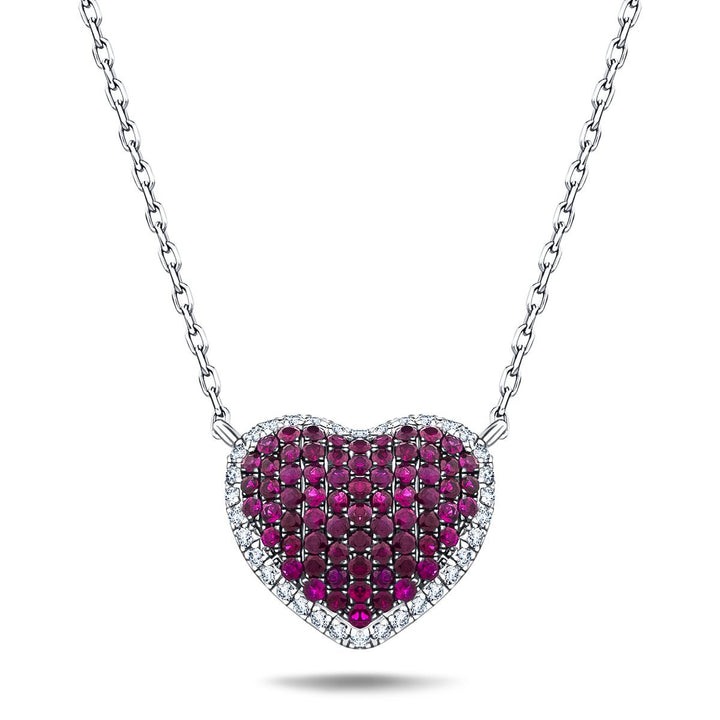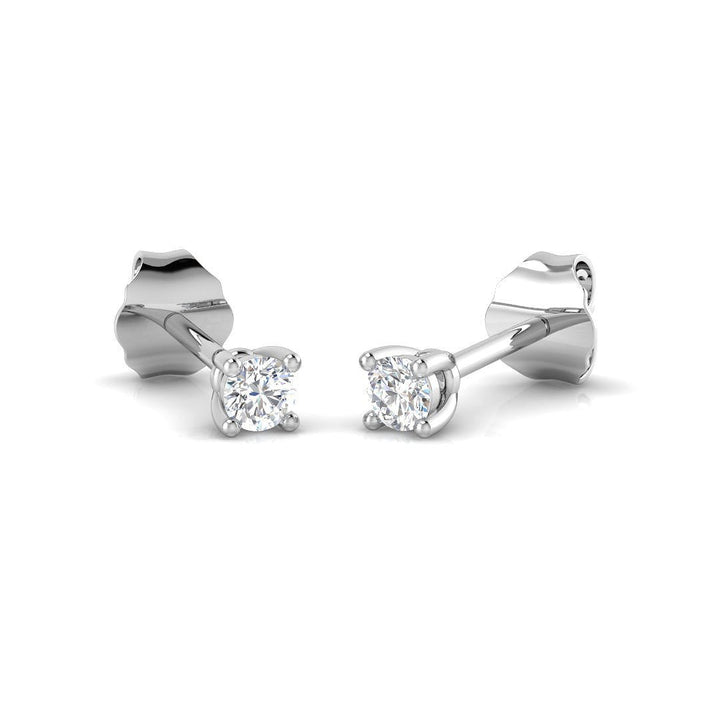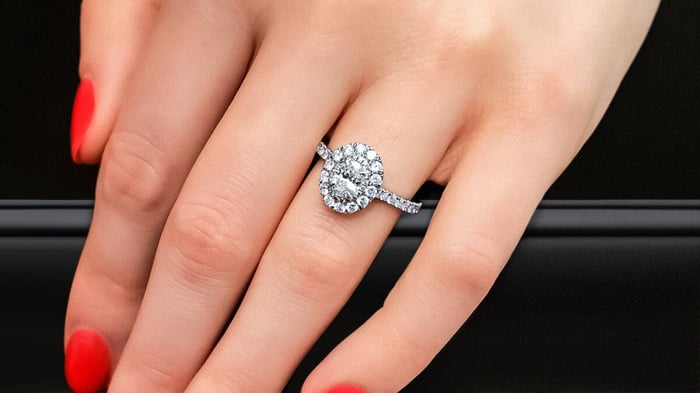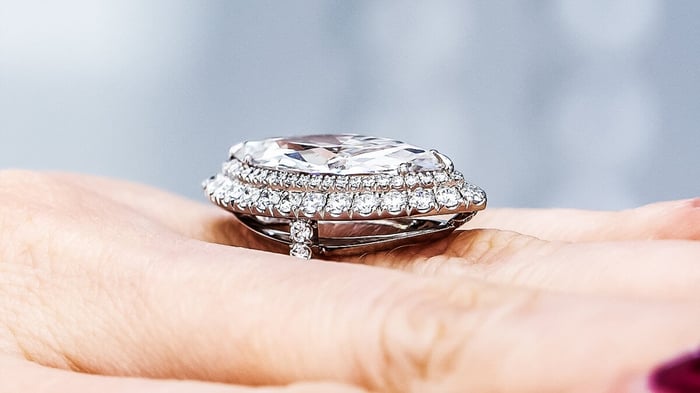The Secret History Of Mother's Day
Mother's Day is one special day each year where kids, of all ages, thank their mothers for all that they do for us on every day of the year. In Britain, the celebration that we know as Mother's Day used to be called Mothering Sunday and was a religious holiday.
Mothering Sunday did not actually celebrate mothers but was a day when people went to their ‘mother church', the church in which they had been baptised, or, if that was not possible, their local church. The day was a holiday, and as the years passed, it became a day when people working away from their home village could return home for a family reunion.
Over the centuries the celebration became less religious and became a celebration of mothers. The celebration of Mother's Day took the form we know today following the pattern of the United States and the day has now become a time for honouring mothers with cards, flowers and gifts.

In Britain, we celebrate Mother's Day three Sundays before Easter Sunday. In other countries, there are different dates. Eastern Europe celebrates on March 8th under the name Women's Day. The second Sunday in May is the big day in the USA and Canada, Australia, Austria, Belgium, Germany, Greece, Turkey, Iceland, Italy, China, Japan, the Netherlands, Switzerland, South America, Malaysia, and many others.
Many Different Traditions, Always The Same Reasons
We have been celebrating Mothers for thousands of years; the goddesses Rhea and Cybele, the goddesses of motherhood for the ancient Romans and Greeks respectively, were early examples.
Different countries celebrate Mother's Day in different ways and for various reasons. The French started to celebrate Mother's Day in 1918. Their celebrations were to commemorate women who had many children. Mothers with four or more children received a medal. Mothers of eight or more kids were awarded a gold medal. This new event was a way to promote the re-population of France after the devastation of the First World War.
Rubí de 0,90 ct y diamante de 0,25 ct en forma de corazón en oro blanco de 18 k

€1.345,95
Rubíes ricos y cálidos y brillantes diamantes de calidad G/SI, de origen ético y tallados a mano. Todo dispuesto exquisitamente para lograr el máximo impacto en este hermoso collar colgante, colgado de una reluciente cadena de oro blanco de 18k… read more
In Thailand, Mother's Day was introduced in 1950 with the first celebration taking place on the 15th of April. By1976 the day was changed to 12th August and celebrate the birthday of Queen Sikrit. Queen Sikrit is hugely popular in Thailand and is considered to be the mother of every Thai. Celebrations last through the whole of August with homes and public places carrying decorations and portraits of the Queen.
Ethiopians also make a big thing of Mother's Day. In Ethiopia, the celebration lasts for three days and is centred on the second Sunday in May. The festivities are important because they celebrate not just mothers but also the start of a new season. The three days of feasting is called "Antrosht". The feast is prepared by the children of the family while the mothers relax and enjoy the results of everyone else’s hard work. The children have the job of providing the ingredients to be prepared; boys give the meat, usually from lambs or bulls and the girls offer vegetables, butter and spices.
Mother's Day In The United States
The story of Mother's Day in the United States is particularly interesting because it has become the model that much of the world now follows. During the early 1900s, Anna Jarvis had the idea of Mother's Day as a day that would be marked on the calendar to honour mothers for the sacrifices they made to support their children. The first Mother's Day celebration took place in 1908 at a Methodist Church in West Virginia. The event was sponsored by John Wanamaker, a department store owner, who promoted the event in one of his stores in Philadelphia. Thousands of women took part in the celebration at his store.
Following the success of the first Mother's Day events, Anna started a campaign to spread the celebration more widely. By 1912 Mother's Day was being celebrated in many states as an annual holiday. President Woodrow Wilson, in 1914, established Mother's Day as an official annual holiday to take place on the second Sunday in May.
Gifts On Mother's Day
Anna Jarvis saw Mother's Day as a personal celebration, a day when children would visit their mothers and attend church services together. Before long, businesses saw the day as being an opportunity to make more money. Jarvis ended up campaigning against the commercialisation of the day and eventually disowned it as not being what she had worked hard to establish. Of course, the commercialisation of the day enhances the honour and respect we pay to our mothers, and that is probably why it has become so normal to buy mothers gifts to celebrate the day as a tangible token of the esteem in which we hold mothers.
€422,95
Este brillante par de aretes de diamantes tiene diamantes de calidad G/SI sostenidos de manera segura por reluciente oro blanco de 18 qt. Estos elegantes aretes serían una excelente inversión ya que el diseño clásico asegura que nunca pasarán de… read moreAretes de Diamantes 0.10ct Calidad G/SI en Oro Blanco 18k

Although Anne Jarvis, the inspiration for the modern Mother's Day, might not approve of the commercial aspects; buying a memorable gift seems, for most people, to be a very appropriate way to give a permanent reminder of our feelings.
Although children might give their mums some flowers, or a trinket made at school, grown-ups often choose something more substantial. A gift with jewellery is nowadays a firm favourite for both mothers, happy to receive and children happy to give.

All Diamond’s staff have been working hard to find some great gift ideas that are bound to bring a smile to your mum’s face and be a permanent reminder of your affection, there’s sure to be something that will delight your mother on this special day!




